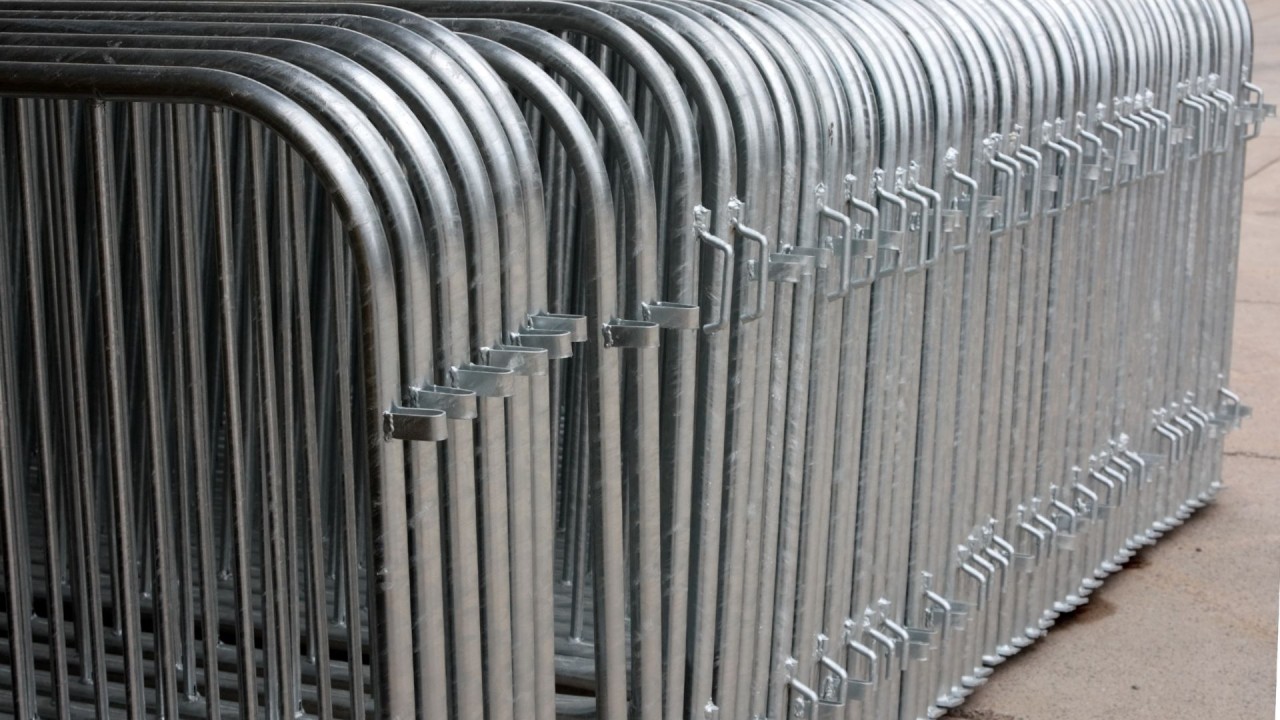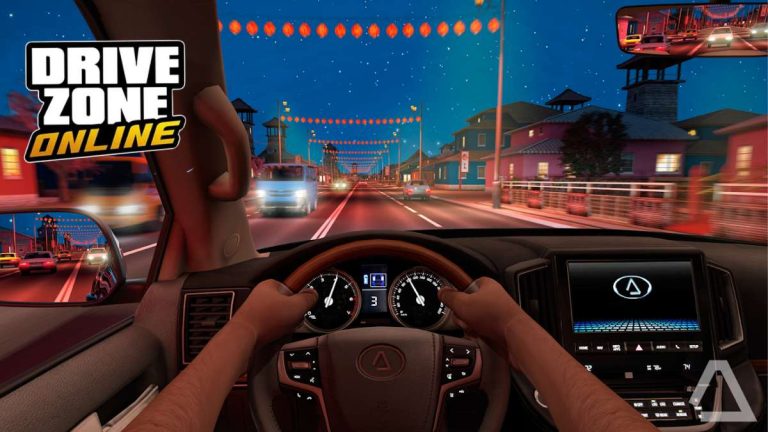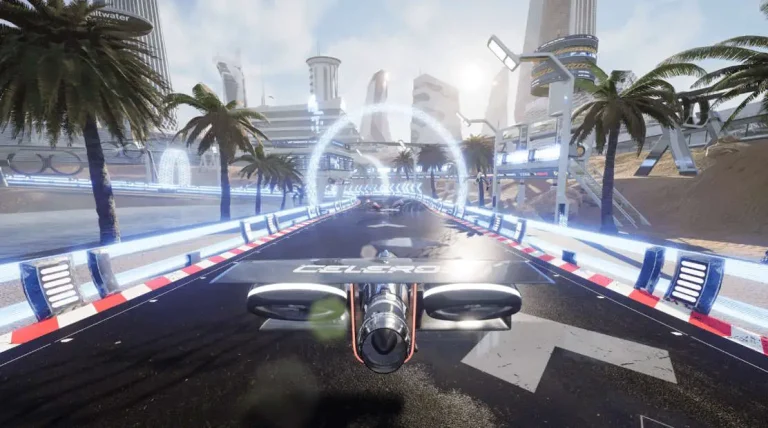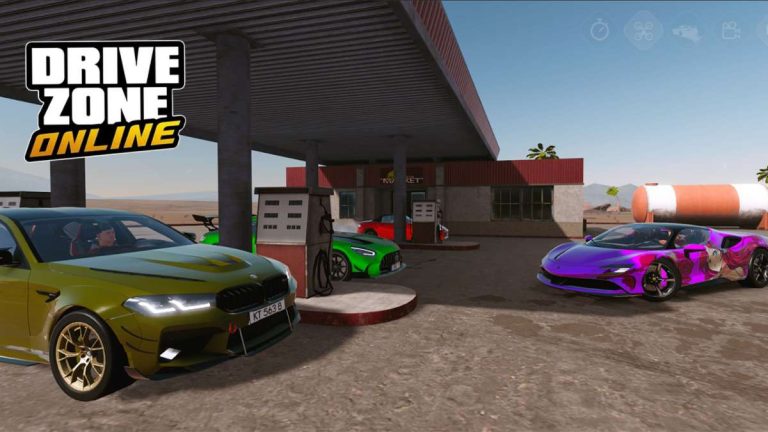Exploring the Different Types of Crowd Control Barriers for Every Situation
Crowd control barriers are essential tools for handling large public crowds and emergencies. They are used to manage large gatherings at public gatherings, conferences, sports events, concerts, festivals, and other events. These help to keep people safe and prevent public chaos. Moreover, they provide clear pathways for emergency services and quick access whenever needed. You can customize these for various settings as per your need.
In this blog, we will help you understand the different types of crowd control barriers, their features, and their ideal uses. By the end of this guide, you’ll have an understanding of how these barriers help to have a well-organized and secure environment. Without further ado, let’s start with our detailed guide!
Types of Crowd Control Barriers
There are various types of crowd control barriers for different situations and uses. Let’s explore some of them and their ideal uses.
-
Plastic Barriers
Plastic barriers are light-weighted and are much more flexible than any other barriers. These are made from high-quality plastic and are easily portable from one place to another. They are used to control small crowds or gatherings temporarily. These barriers are used for areas like airports, shopping centres, etc. They are easy to set up. Their vibrant colors enhance visibility to ensure safety in public spaces.
Key Features:
- Lightweight
- Portable
- Easy setup with modular design
- Stackable or connectable for extended lengths
Ideal Use Cases:
- They can be easily carried and installed, making them perfect for short-term purposes.
- They are used in shopping malls or airports to control queues.
- They are best for keeping workers separate from the common public in work areas.
-
Water-Filled Barriers
Water-filled barriers are the sturdy solution for crowd control. These are light in weight but are filled with water or sand so that they can be heavy and stable. They are best for controlling entrance in restricted areas. They are used in situations like public protests, emergencies, etc. Additionally, their versatility allows for their easy relocation and setup as required.
Key Features:
- Can be stacked or chained together in long rows
- Simple to fill with sand or water for extra stability
- Vibrant color for maximum visibility
- Lightweight and easy to move
Ideal Use Cases:
- They are placed where rapid and temporary crowd control is required.
- They may be utilized to divert traffic when there is road construction.
- They are utilized to produce temporary barriers for crowd control.
-
Steel Barriers
Steel barriers are also known as queue barriers. These crowd control barriers are strong and durable. They can handle significant pressure, so they are used for controlling larger gatherings. These barriers work best where there are chances of pushing or congestion. Their robust construction makes them suitable for indoor and outdoor events and overly crowded places.
Key Features:
- Interlocking mechanism for convenient setup
- Heavy-duty design for the ability to withstand high pressure
- Made of high-strength steel for maximum strength
- Generally used at outdoor events
Ideal Use Cases:
- They are used to handle large crowds safely.
- They can establish a secure passage for visitors and avoid overcrowding.
- These barriers separate spectators from players and regulate entry and exit points.
-
Temporary Fencing Barriers
Temporary fencing barriers are used for controlling small crowds which are for a short duration. They are often used to create the restricted areas. These barriers are made from interlinking the chains or from plastic materials. These are easy to set up and relocate. They are used in places that have restricted entry in a particular area. They provide a clear visual cue to guide individuals.
Key Features:
- Normally employed in large perimeter enclosures
- Lightweight and modular construction
- Able to be employed for long-term or repetitive events
- Can be constructed using chain-link or plastic
Ideal Use Cases:
- They can be used for separating spectator stands from playing fields or track areas.
- They are employed sealing construction areas and preventing individuals from entering danger zones.
- They can be utilized for making enclosures or marking VIP areas or entrances.
-
Retractable Barriers
Retractable barriers are also known as stanchions. They are used for indoor environments. These crowd control barriers have ropes that are connected to poles. These ropes allow the users to adjust these barriers per the requirement. They are seen in places like theaters, museums, and airports to manage crowds efficiently. Also, their sleek design makes them functional and appealing.
Key Features:
- Easy to set up in minutes and retract for convenient storage
- Ideal for directing individuals through doorways, ticket queues, and lines
- Retractable ropes or belts that deploy to a specific length
- Come in various colors, sizes, and materials
Ideal Use Cases:
- They assist in coordinating visitors and keeping queues in order.
- They are used for directing passengers and controlling security.
- They assist in controlling customer flow and line management.
-
Pedestrian Barriers
Pedestrian barriers are small and light-weight. They are specifically used for guiding pedestrians or foot traffic. These crowd control barriers are commonly used in fairs, parades, or small outdoor areas. They help to improve safety by directing movement and preventing overcrowding. These barriers can be easily set up and taken down, making them a reliable choice for various events.
Key Features:
- Able to be used in pedestrian areas
- Constructed from any kind of material, such as plastic, steel, or aluminum
- Lightweight and easy to move
- Usually utilized for short-term crowd regulation in city settings
Ideal Use Cases:
- They are ideal to use in creating viewing areas and deterring people from entering streets.
- They direct pedestrian flow and prevent crowding among pedestrians.
- They improve safety at events by offering spaces for emergencies.
Conclusion
Crowd control barriers are essential to provide safety, handle large crowds, and keep order at public gatherings. You can select the appropriate type of barrier from a range of options based on the size, location, and nature of the event. Whether it is the light weight of plastic barriers, the strength of steel barriers, or the adaptability of water-filled barriers, each has its own set of benefits best suited for specific circumstances. By choosing the right control barriers, you can establish a safe, organized space, improve the experience for visitors, and offer peace of mind for staff and security teams. We hope now you know what type of barrier will work best for your requirement!






